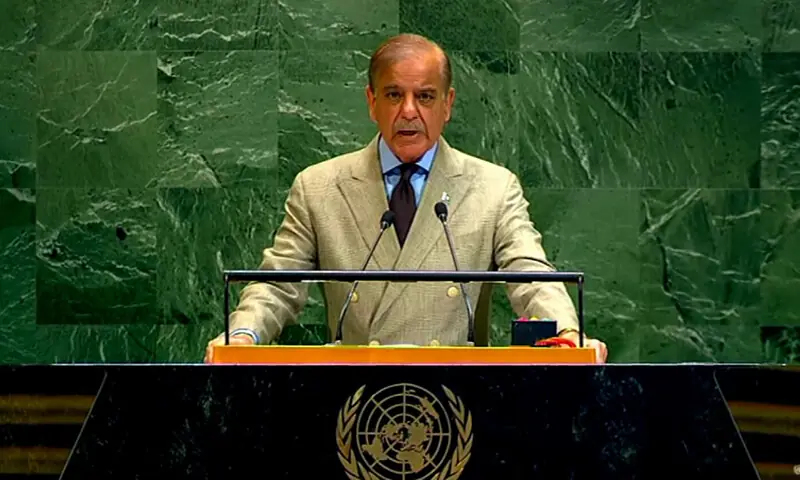September 21-22, 2025 -A partial solar eclipse is lighting up parts of the Southern Hemisphere today, marking the last solar eclipse of the year, according to scientists and media reports.
Where & When It’s Visible?
The eclipse is primarily visible in New Zealand, Antarctica, and several islands in the South Pacific.It will not be visible from India or most of the Northern Hemisphere.
Timing:
Begins at 1:29 p.m. EDT (1729 GMT)
Peaks at 3:41 p.m. EDT (1941 GMT)
Ends by 5:53 p.m. EDT (2153 GMT)
What to Expect?
Since it’s a partial solar eclipse, the Moon will only obscure part of the Sun, creating a “crescent” or “bite-taken” appearance.
In places where coverage is high, up to 86% of the Sun’s disk may be covered.
Important Alerts & Safety Tips
Do not look directly at the Sun without certified solar eclipse glasses or proper filters. Regular sunglasses are not safe.If watching via telescopes or cameras, use solar filters.For regions outside visibility, live streams and broadcasts are available.
Cultural & Regional Notes
- In India, the eclipse will not be visible, so there is little opportunity for direct observation.
- Many people are also observing Sutak Kaal and traditional rituals associated with eclipses in regions where cultural practices still hold significance.
blood moon total lunar eclipse in Pakistan today
What Makes This Eclipse Special?
- It is the final solar eclipse of 2025.
- Occurrence is near the autumnal equinox, meaning day and night lengths are nearly equal in many places.
- If you are in the Southern Hemisphere (especially New Zealand, Antarctica, or nearby islands in the Pacific), and weather is clear, today’s eclipse will offer a rare celestial spectacle. For others, it’s a chance to follow live coverage, learn about eclipse science, and witness how the Sun appears during this phenomenon via videos and photos.
Frequently Asked Questions (FAQs)
Q1: What time is the solar eclipse today?
A: The eclipse starts at 1:29 p.m. EDT (1729 GMT), reaches its peak at 3:41 p.m. EDT (1941 GMT), and ends by 5:53 p.m. EDT (2153 GMT).
Q2: Will the solar eclipse today be visible in India or Pakistan?
A: No, this eclipse will not be visible in India or Pakistan. It can mainly be seen in New Zealand, Antarctica, and the South Pacific.
Q3: Is today’s solar eclipse total or partial?
A: It is a partial solar eclipse, meaning only part of the Sun will be covered by the Moon.
Q4: How much of the Sun will be covered?
A: In some regions, up to 86% of the Sun will be obscured by the Moon.
Q5: Can I watch the solar eclipse today without glasses?
A: No. Watching the eclipse without certified solar eclipse glasses or filters can damage your eyes. Ordinary sunglasses are not safe.
Q6: Where can I watch the solar eclipse today online?
A: Space agencies, observatories, and news outlets are providing live streams on YouTube and official websites for people outside the visibility zone.
Q7: Why is the solar eclipse today important?
A: It is the last solar eclipse of 2025, making it an important astronomical event. Scientists also use such eclipses to study the Sun’s corona and effects on Earth’s atmosphere.
Q8: What cultural or religious practices are linked to today’s solar eclipse?
A: In some regions (especially India), people observe Sutak Kaal, perform rituals, and avoid eating or traveling during the eclipse period.
Q9: When is the next solar eclipse after today?
A: The next major solar eclipse will happen in 2026, including a total solar eclipse visible in many parts of the world.
Q10: How long will today’s solar eclipse last?
A: The entire event will last around 4 hours and 24 minutes, from beginning to end.



